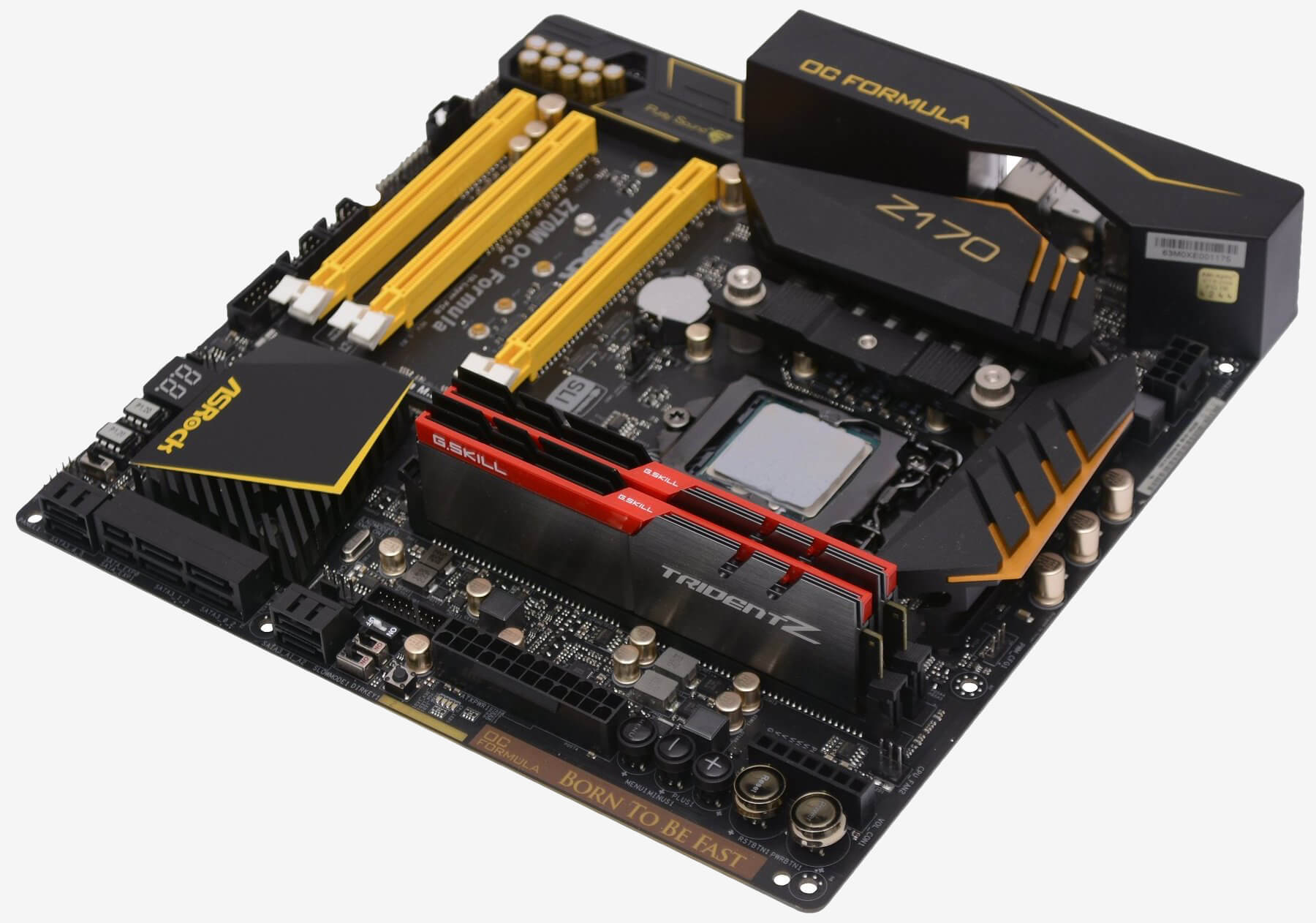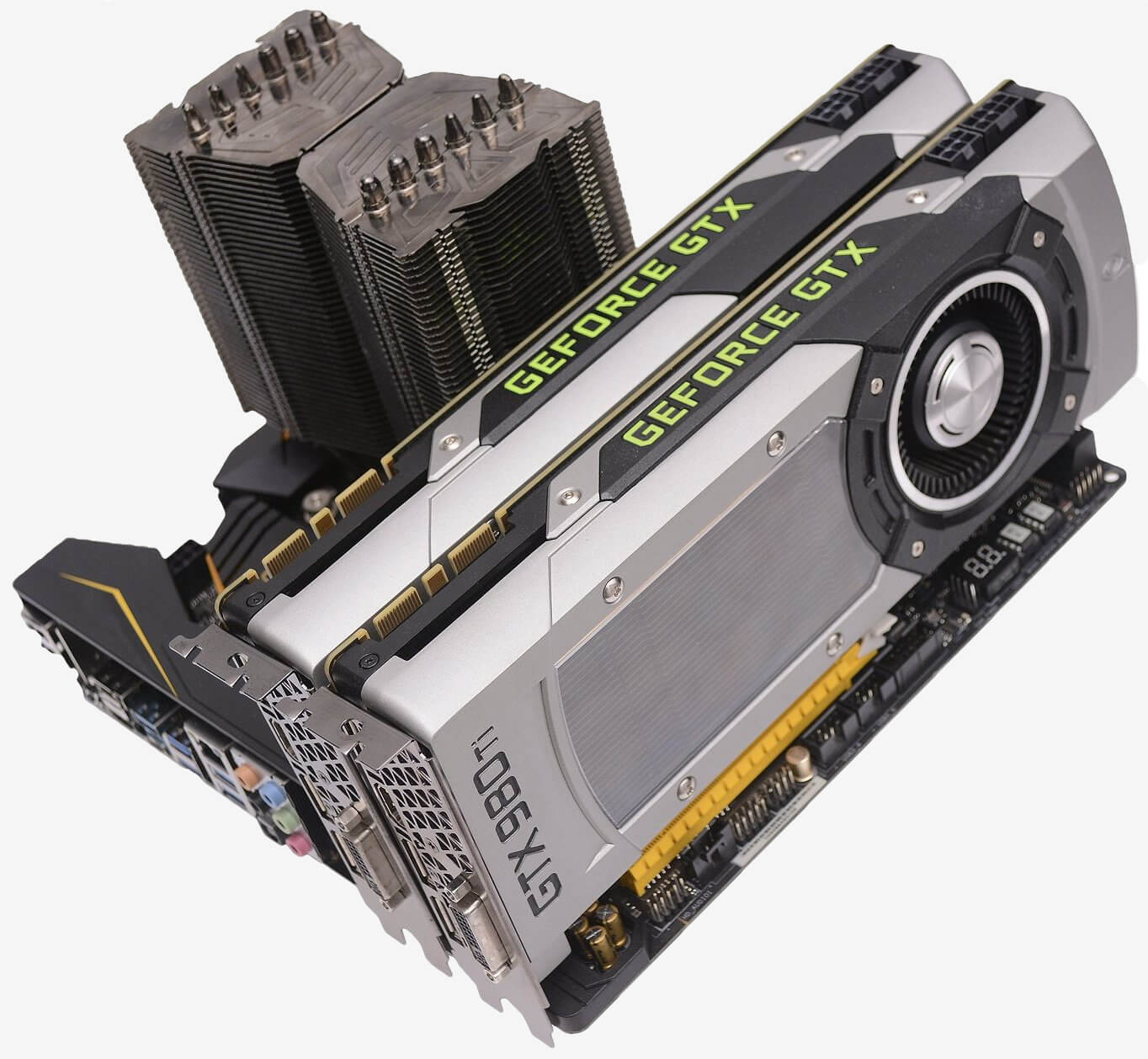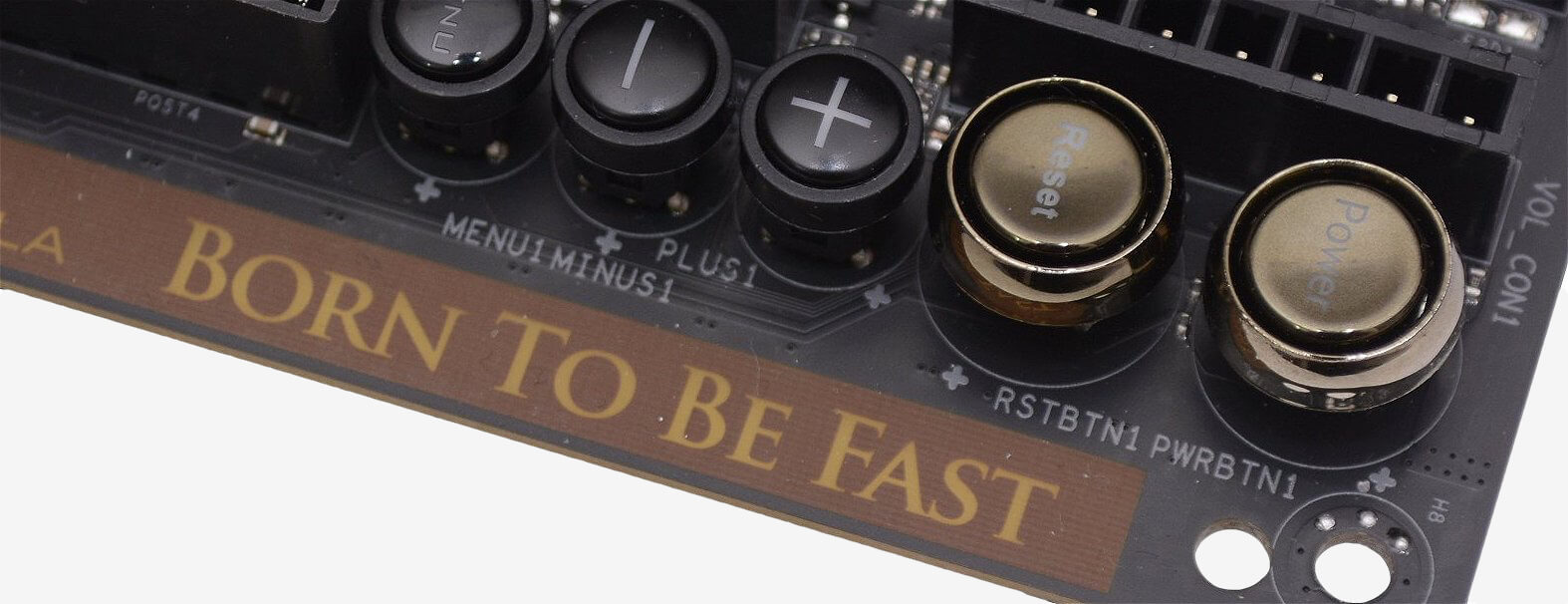Normally I don't pay much attention to e-mails that hit my inbox from manufacturers claiming that a certain motherboard can overclock a Skylake Core i7 processor the highest, or that they have claimed the 3DMark record. They are in my mind boring marketing tactics that mean little to nothing to the consumer.
Last month I received one such e-mail from Asrock that nonetheless caught my attention. It claimed their Z170M OC Formula was the only motherboard to support G.Skill's Trident Z DDR4-4333 modules. Initially I thought, how useful is that? Are there even any benefits from running DDR4 memory on the LGA1151 platform that high?
For the most part we test using DDR4-3000, as it occasionally shows some benefits over the more typical 2400 and 2666 speeds. Going to 4000 MT/s (2000MHz) and beyond is a massive increase in frequency (and cost) and I struggled to imagine where this would be useful, particularly when gaming. Then again, curiosity had gotten the better of me...
So I asked Asrock to kindly send along one of their Z170M OC Formula motherboards. Disappointingly, G.Skill didn't have any DDR4-4333 memory available and a month later we are yet to see any go on sale, so this news report is appearing more and more like a marketing exercise.
However, G.Skill did come back and say they could provide an 8GB kit of their DDR4-4000 memory which is available for purchase. It isn't the record setting DDR4-4333 memory, but at 4000 MT/s it doesn't fall far short and will certainly give us a clear indication of whether or not this kind of high frequency memory holds any merit.
Currently there are a few DDR4-4000 memory kits available from the likes of G.Skill, Corsair and GeIL. Of those G.Skill's TridentZ modules appear to be capable of the best timings at 19-21-21-41 vs. 19-23-23-45 from Corsair, while the GeIL kits are even slacker at 19-25-25-45.
For testing we'll be using a few select applications and games comparing the Core i7-6700K at various memory speeds ranging from 2133 MT/s up to 4000 MT/s. Helping to maximize gaming performance will be a pair of GeForce GTX 980 Ti graphics cards, if they aren't able to exploit the potential of DDR4-4000 we fear nothing will be able to. With that said, let's get down to business.
Test System Specs
Memory Bandwidth Benchmark

Starting at DDR4-2133 we see a throughput of just 20.4GB/s which isn't bad but less than what we were seeing from the Haswell processors out of the box. Increasing the memory frequency to 2400 MT/s boosted the memory bandwidth by 12% to 22.9GB/s which is typically what we were first seeing from the Haswell processors.
Going from 2400 MT/s to 3000 MT/s , the speed which we regularly test at, boosted the memory bandwidth by another 20% to 27.4GB/s. Surprisingly taking the next step to 3600 MT/s boosted performance significantly yet again, this time by another 20% as we hit 33GB/s. Final stop at DDR4-4000 saw the memory bandwidth reach 35.5GB/s making it 8% faster than the 3600 MT/s configuration. While theoretical, the first benchmark shows some promise, shall we go real-world?



